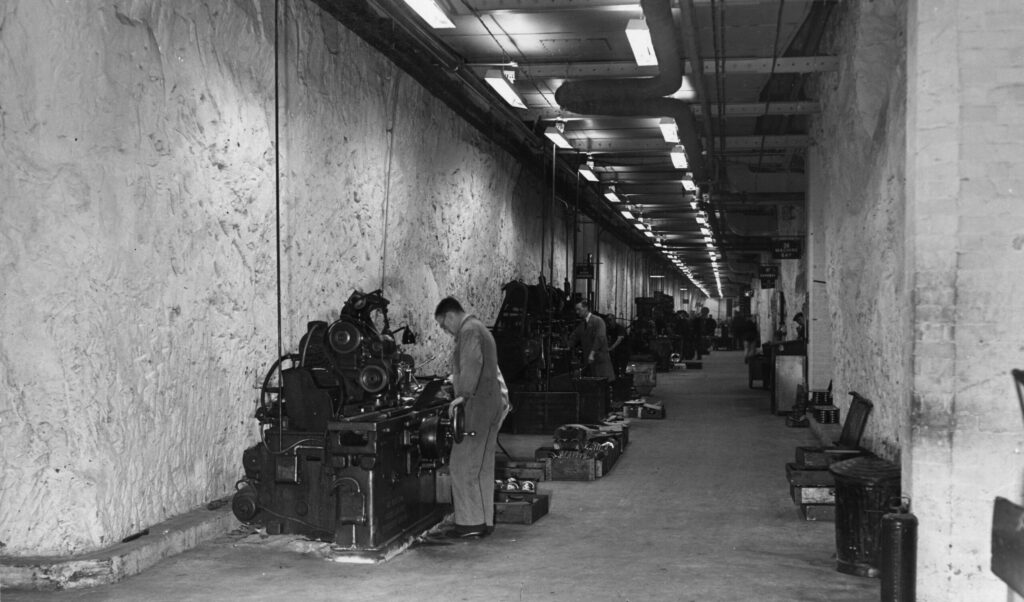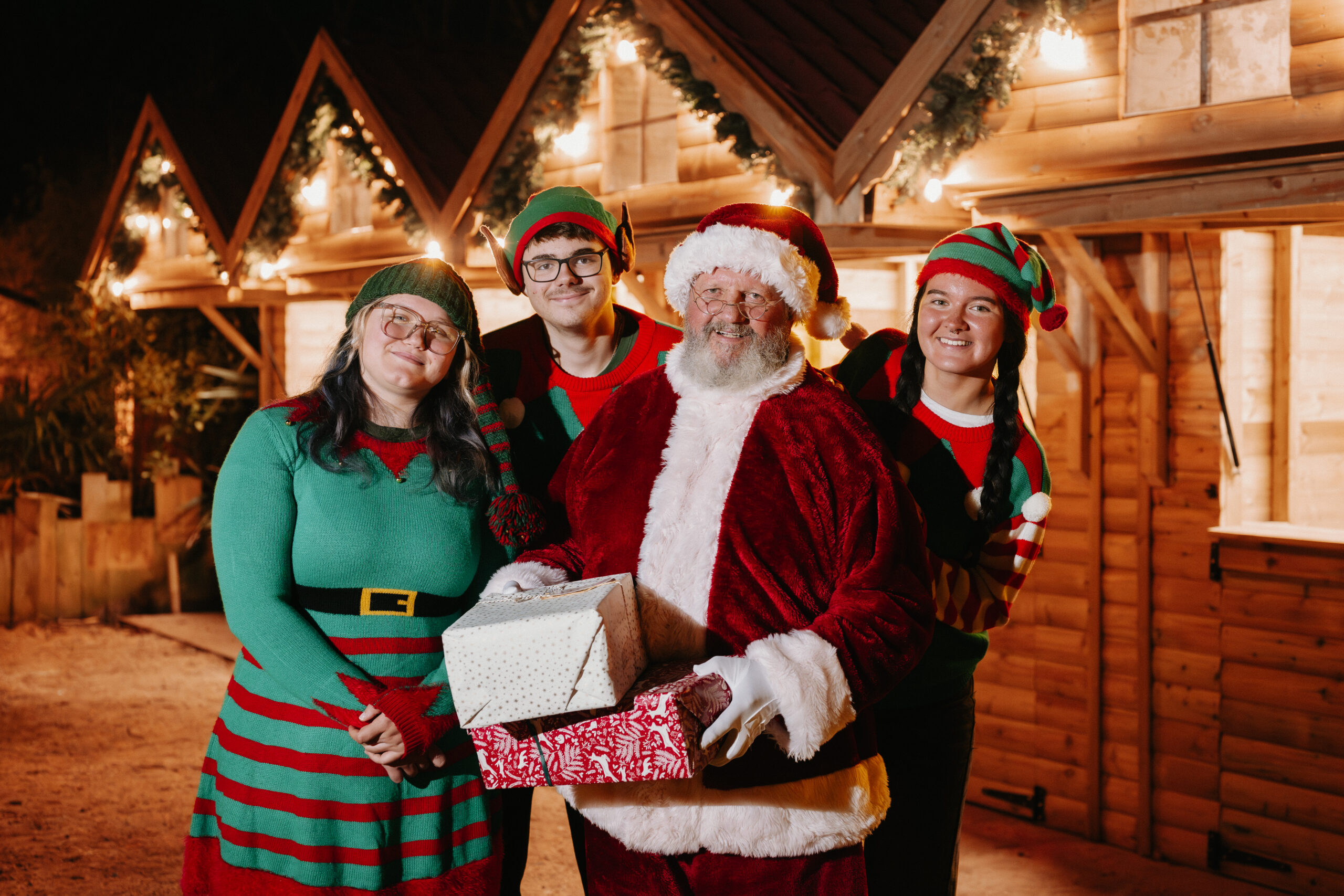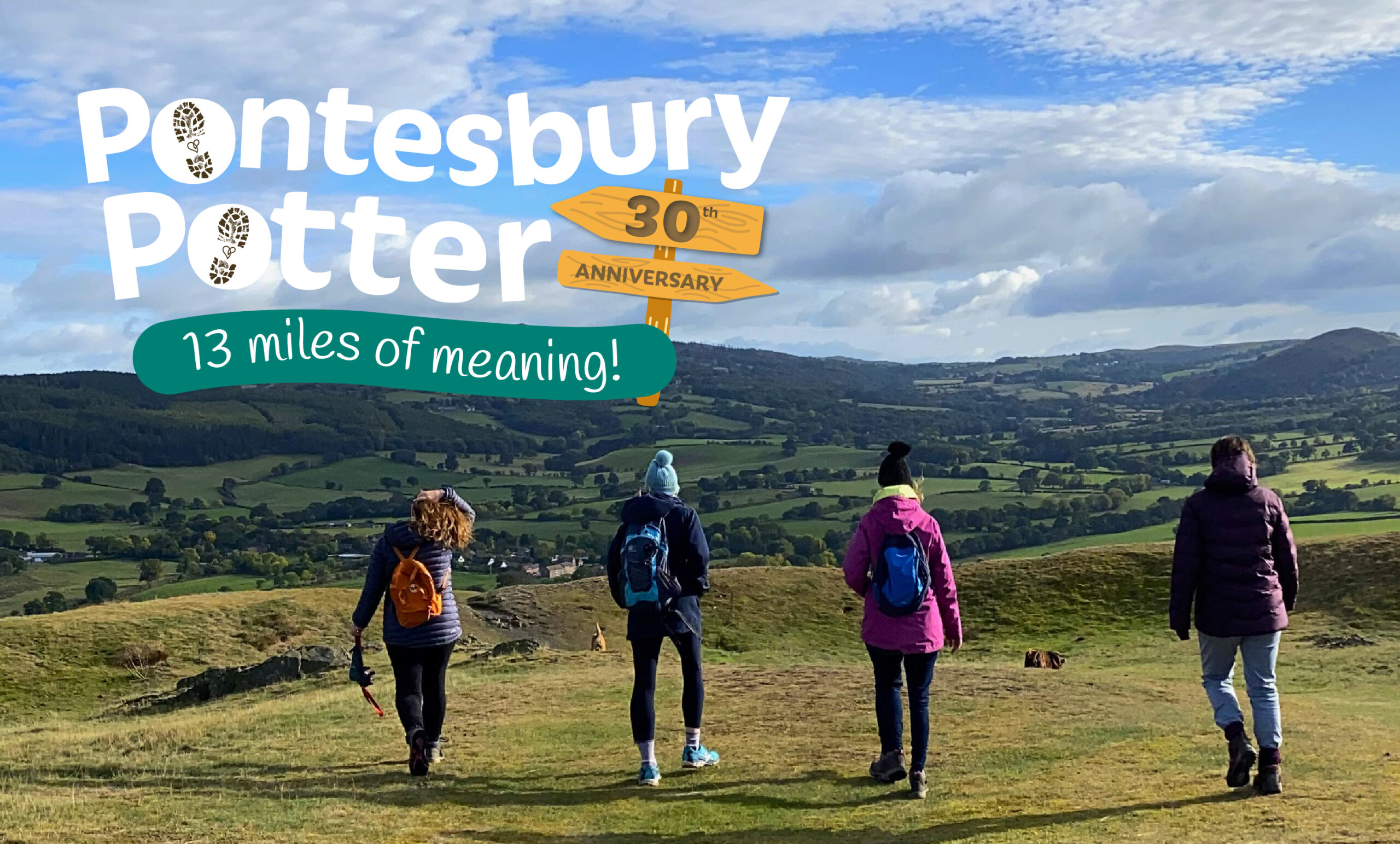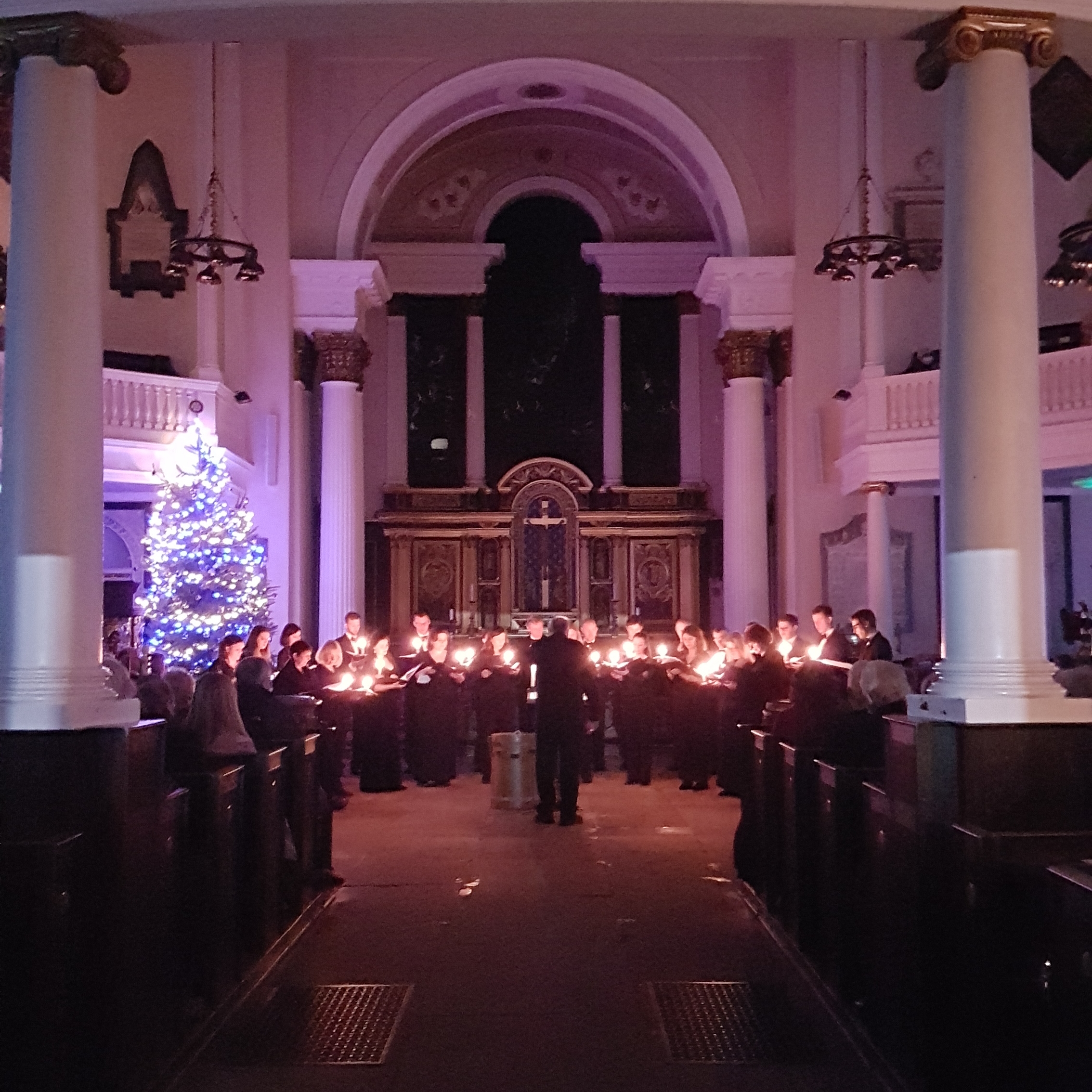There are moments in a nation’s life when from the swirling mists thunders the beast of history, full of meaning. Such a time is 2025, with ceremonies marking the 80th anniversaries of VE and VJ days.
The Second World War is beginning to seem like ancient history – its black and white newsreels so at odds with the colourful digital age; towns and cities shiningly rebuilt over bombed-out ruins, war children now in their 80s and 90s.
Yet, in the vast sweep of history, it’s only yesterday. As memories fade, movies and museums, documentaries and books help to keep it alive.
One of the most fascinating and atmospheric of these is a subterranean museum just 14 miles from Bridgnorth.
Drakelow Tunnels are a former underground military complex in sandstone hills beneath the one-time Blakeshall Estate near Kidderminster. Extending to 3.5 miles, they were built between June 1941 and May 1943 as a Shadow Factory for car company Rover, one of a series built across the country devoted to aircraft manufacture.
Here workers made parts for radial engines, used in aircraft such as the Bristol Blenheim and Sunderland Flying Boat. Parts of the tunnels not used by Rover were employed as RAF stores.
At this stage Drakelow was making a small, if not important, contribution to the war effort.
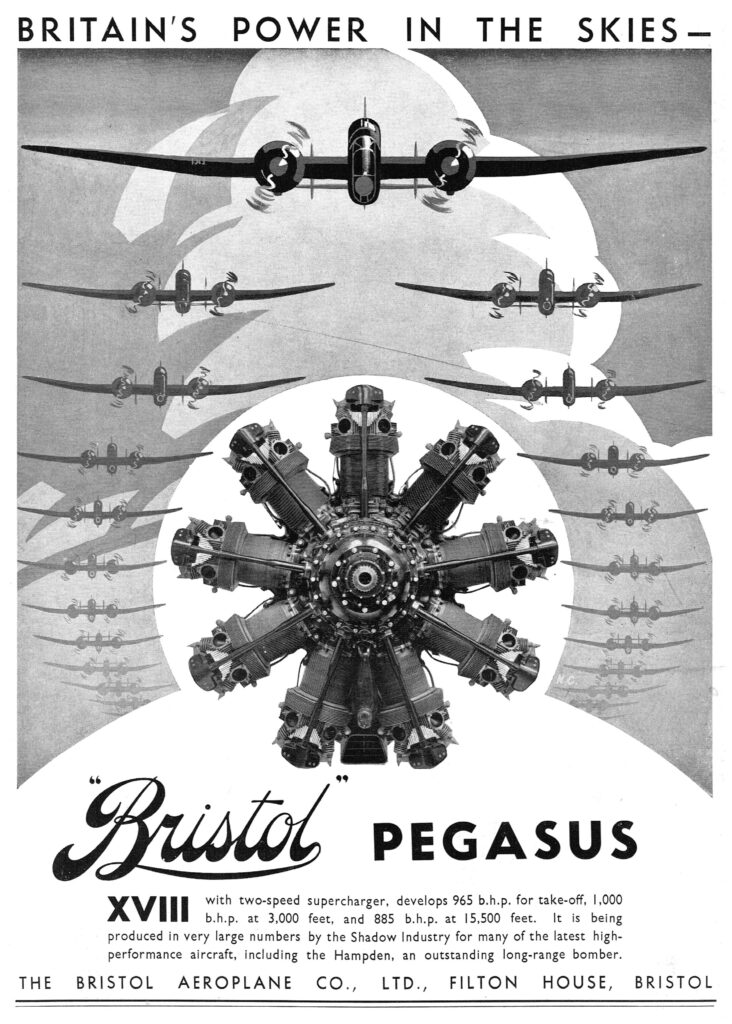
But in August 1945 the world changed forever and Drakelow was to assume an increasingly significant role. Victory in Japan came at a terrifying cost – the advent of the Atomic bomb. The Nuclear Arms Race ushered in a new era, The Cold War, and Drakelow played a prominent role.
Drakelow was a Ministry of Supply storage depot until 1958 when part of the site was developed by the Home Office as a Regional Seat of Government.
It was designed as part of Britain’s civil defence preparations for nuclear war. In the event of a Soviet nuclear attack, Government would be dispersed into underground bunkers around the country, offering much greater chance of national survival.
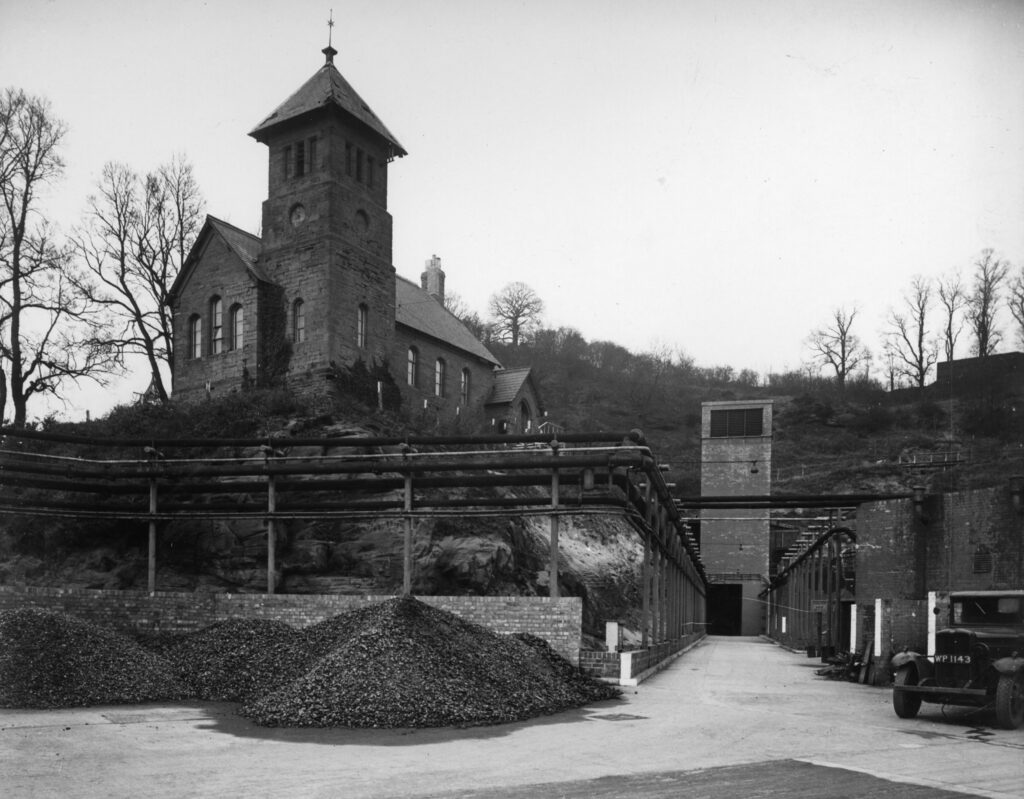
Developed to cater for a staff of 325, it contained dormitories, storage areas, workshops, electrical equipment, sickbay, canteen, offices, a BBC studio and a GPO telephone communications system.
As the Korean War, Vietnam War and Cuban Missile Crisis seemed to make the prospect of nuclear war more rather than less likely, Drakelow was upgraded to a Sub-Regional Control centre in 1963, Sub-Regional Headquarters in the 1970s and finally a Regional Government Headquarters in 1982, which would have overseen Shropshire, Hereford and Worcester in the event of nuclear attack.
In November 1989, however, The Berlin Wall came down signalling the end of the Cold War. Drakelow was decommissioned and sold into private hands in 1993.
The Drakelow Tunnels Museum brings this remarkable history to life, allowing visitors to ‘walk through’ a remarkable period in time.
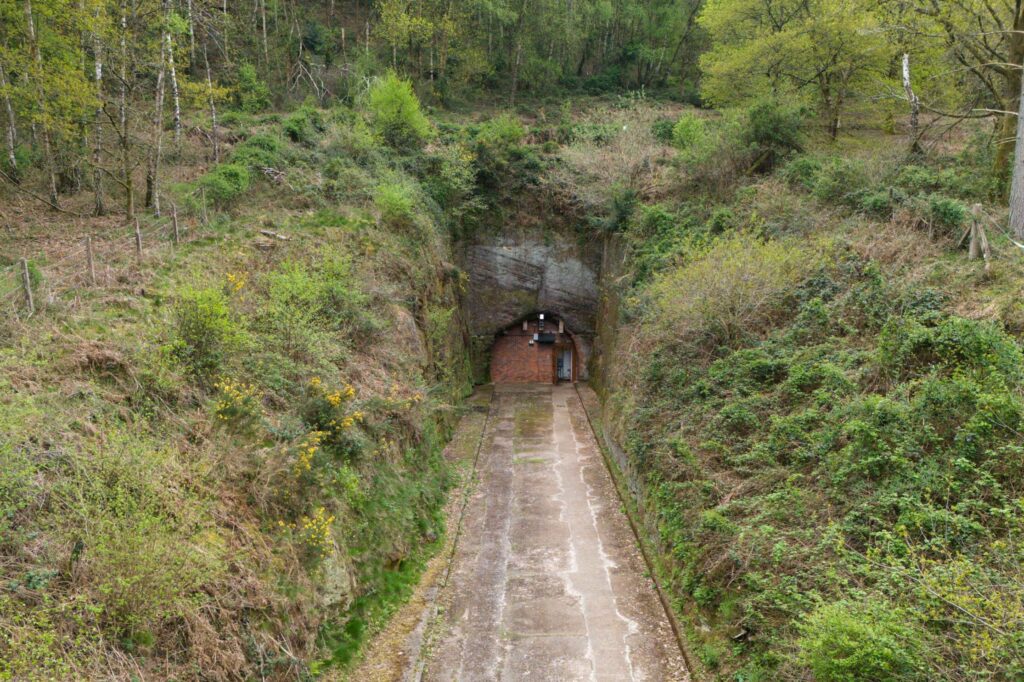
“Visitors are shown around by our knowledgeable volunteers who provide a background to the history of the site,” says Museum Manager Joe Robinson. “We have many exhibits showing the site’s various uses during the 1940s to 1990s.
“We are still developing the museum; it’s a work-in-progress and visitors can see at first hand the progress we are making and learn how they can help the project if they wish to get involved.”
Naturally, this labyrinth, with its eerie corridors, lends itself to claims of paranormal events. Indeed, Drakelow is reputedly one of the most haunted places in Britain. In 2019, investigators from American television series Paranormal Lockdown visited the tunnels, their findings featuring in an episode of the show’s third season. The tunnels have also featured on TV shows UK Haunted, Most Haunted, Paranormal Excursion and The Past Hunters.

Drakelow Tunnels make for an atmospheric film and TV set, most notably being used for the British dystopian drama series, Curfew, broadcast on Sky Television in 2019 with a cast led by Sean Bean.
Michael Portillo visited – and chatted to Joe on screen – for his Great British Railways series, stopping off on route from Wolverhampton to Cheltenham in an episode first aired in 2023 and repeated last year.
All this means there is no shortage of people wanting to take up places on the twice-monthly tours, which you can book through Eventbrite.
Joe is full of praise for his team of volunteers who lead the tours.
“They come from all walks of life and, as well as tours, they make up working parties to help with maintenance and projects.
“They are a real mix – some are Second World War enthusiasts, others are here because they have an interest in engineering or history in general. They all bring something to the table.”
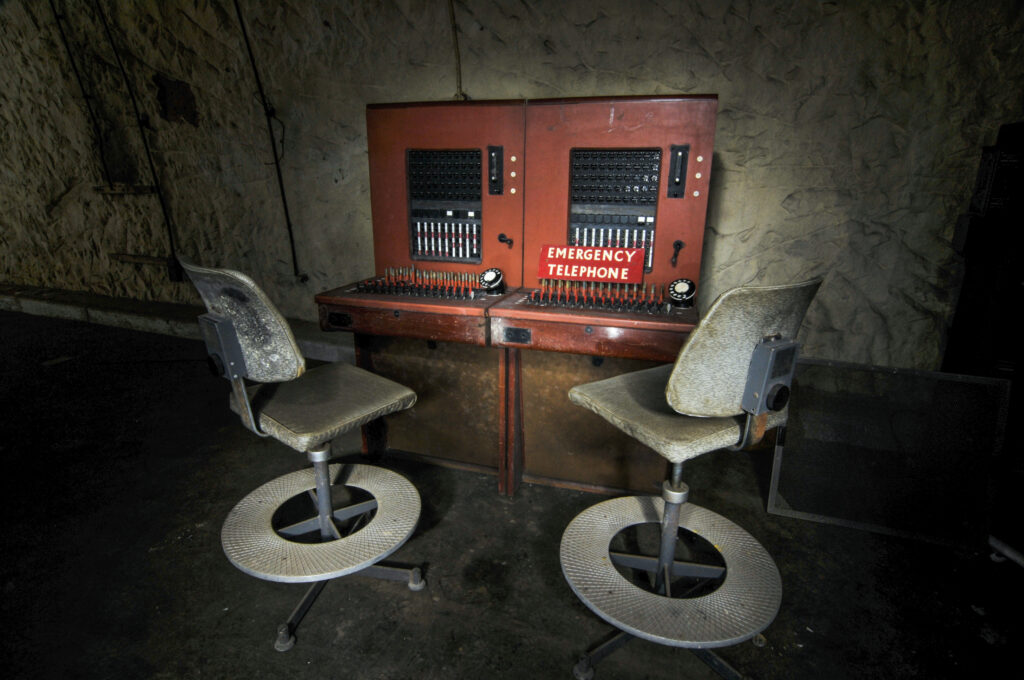
Drakelow was actually developed as part of a major wine storage and distribution business – the consistent temperature of underground tunnels having much in common with cellars. There is the capacity for 800,000 cases of wine and it is this commercial aspect that has helped with the development of the museum – a happy example of business making a significant contribution to the preservation of history.
Search Drakelow Tunnels Museum on Facebook for all the latest, including tour dates and volunteering opportunities (message if you are interested).

